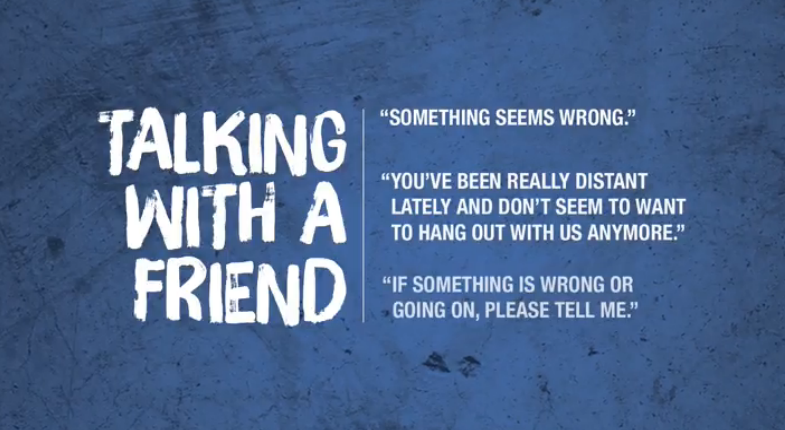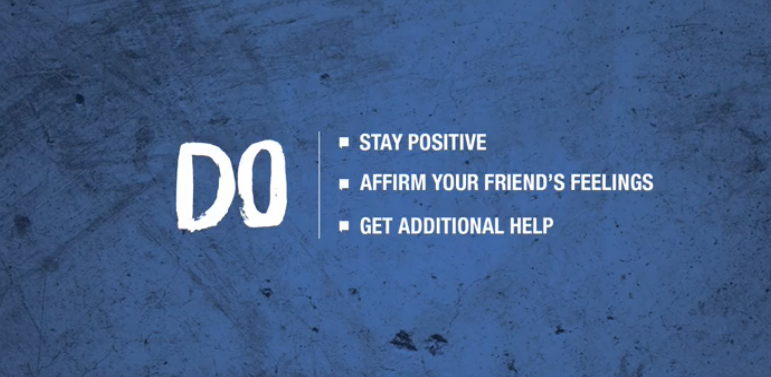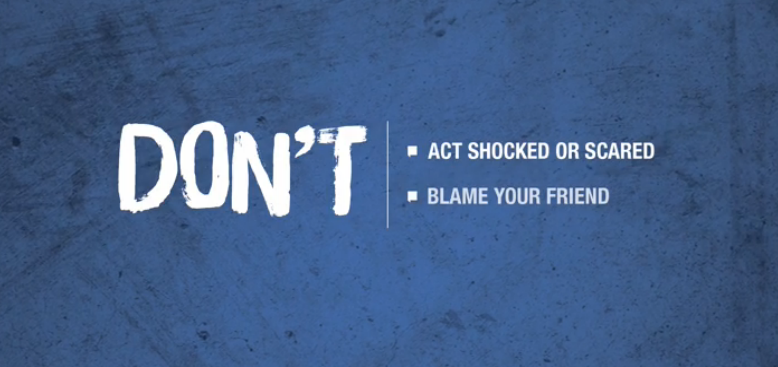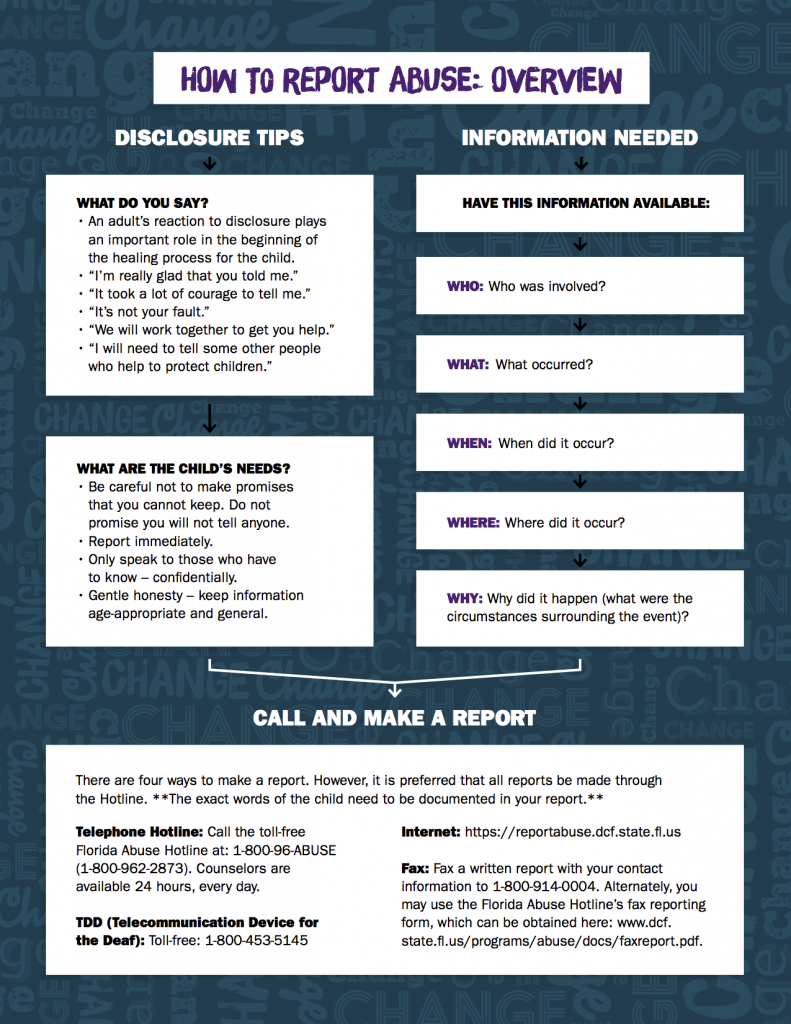Facts & Stats
- 35.8% of sexual assaults occur when the victim is between the ages of 12 and 17.
- Teens 16 to 19 years of age were 3 ½ times more likely than the general population to be victims of rape, attempted rape, or sexual assault.

What to Look For:
- Frequent bruises or broken bones
- Frequent school absences
- Sudden emotional withdrawal
- Sudden aggressive behavior
- Nightmares
- Acting out in school
- Social isolation
- Inadequate personal hygiene
Facts & Stats
- Approximately 1 in 7 (13%) youth Internet users received unwanted sexual solicitations.
- In more than one-quarter (27%) of incidents, solicitors asked youths for sexual photographs of themselves.

Upon disclosure: What do you do? What do you say?
- “I’m really glad that you told me.”
- “It took a lot of courage to tell me.”
- “It’s not your fault.”
- “We will work together to get you help.”
- “I will need to tell some other people who help to protect children.”
- “Together, we will get you help.”
Facts & Stats
- 15% of cell-owning teens (12–17) say they have received sexually suggestive nude/seminude images of someone they know via text.
- 11% of teenagers and young adults say they have shared naked pictures of themselves online or via text message. Of those, 26% do not think the person whom they sent the naked pictures to shared them with anyone else.

What do they need?
- Be careful not to make promises that you cannot keep. Do not promise you will not tell anyone.
- Report immediately to a trusted adult or Department of Children and Families abuse hotline.
- Only speak to those who have to know confidentially.
- Gentle honesty–keep information age-appropriate and general.
Learn how to report abuse
Your reaction to someone’s disclosure plays an important role in their healing process.

